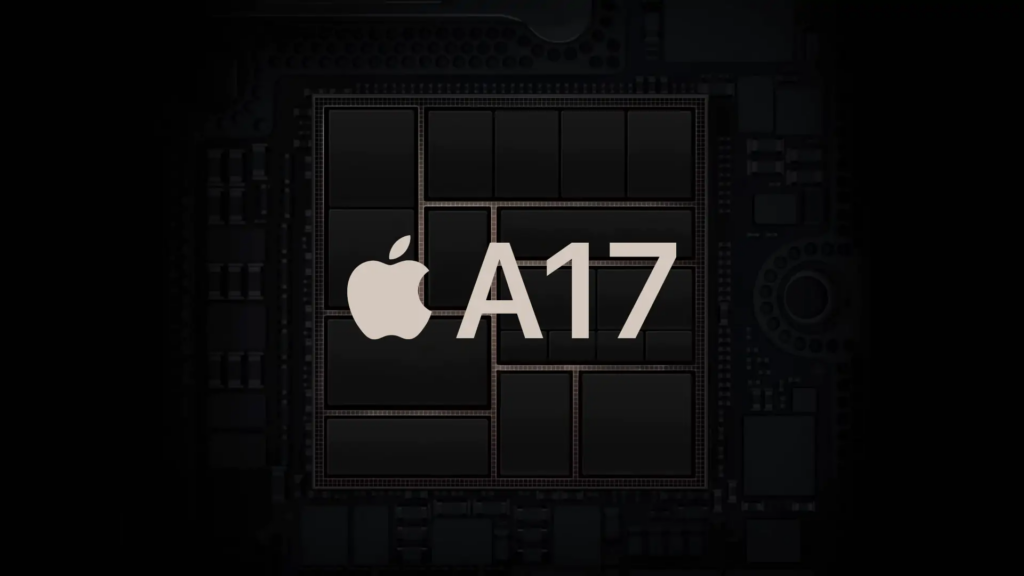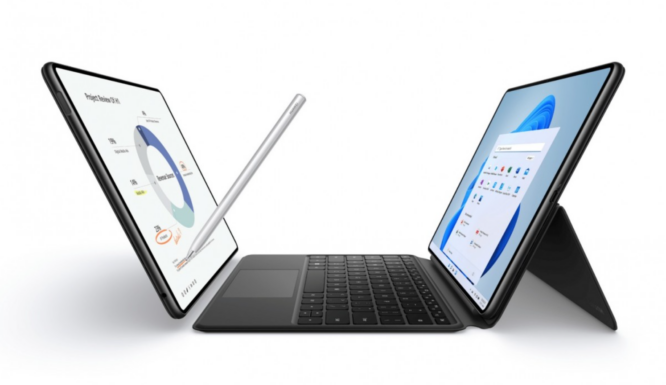According to recent reports, in order to achieve cost savings in 2019, tech giant Apple will allegedly move to a different technology underlying the A17 Bionic chip.
According to MacRumors, there is a rumor that the A17 Bionic processor that will first be used in the iPhone 15 Pro and iPhone 15 Pro Max later this year will fundamentally differ from a version of the same chip set that will be produced in 2024.
This information comes from a rumor that was first reported on by MacRumors. It is predicted that the A17 Bionic will be the first chip produced by the tech giant employing a fabrication method of 3nm.
This would bring significant increases in both performance and efficiency in comparison to the 5nm technology that was used for the production of the A14, A15, and A16 processors.

Apple’s A17 Bionic processor may undergo a technological transfer next year
It is anticipated that the A17 Bionic chip would first be manufactured with TSMC’s N3B technology; however, Apple has plans to transition the A17 to N3E sometime in the year 2024.
It has been suggested that this move is a tactic for decreasing costs, but one that could come at the expense of diminished efficiency. “N3B is TSMC’s original 3nm node, and it was developed in collaboration with Apple.”
According to the study, “on the other hand, N3E is the simpler and more accessible node that the majority of other TSMC clients will use.”
Earlier, it was speculated that the A17 processor, which is slated to be utilized in the iPhone 15, would perhaps focus more on battery-life improvements than on increases to the computing capability of the device.


